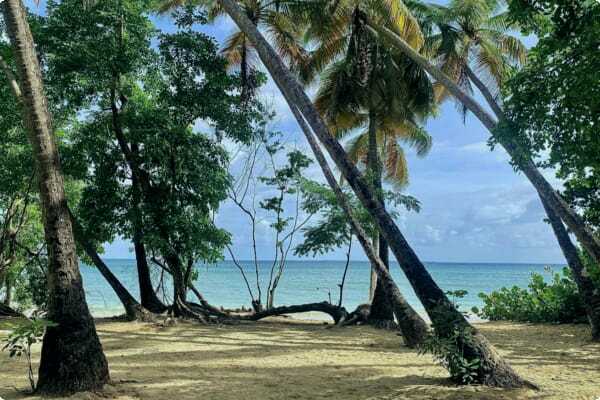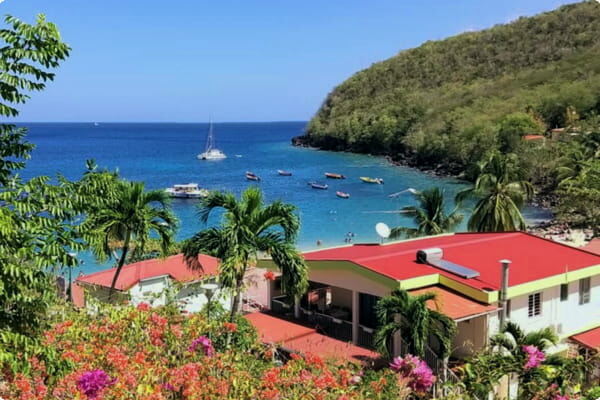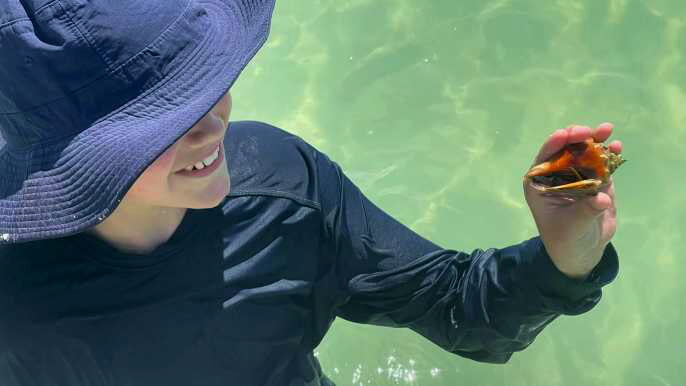Located in the Lesser Antilles, Martinique is a Caribbean island with a mix of French and West Indian influences. In the largest town of the island, Fort-de-France, you'll find narrow streets and steep hills. The town also features a beautiful garden, which features a statue of Joséphine de Beauharnais. The garden also has a variety of cafes and shops.
Anses d'Arlet region
Located on the Caribbean coast of Martinique, the Anses d'Arlet region is one of the most beautiful areas of the island. It is made up of villages that are grouped together on a coastal road. In addition to the beach, this area features many other attractions and hangouts.
The Balata Garden is a great place to visit. It features an impressive tropical garden with 3,000 different species of plants. It is also home to a wooden rope suspension bridge. You can take some of the beautiful flowers home with you. This garden is a great place to take a picnic and explore the local plant life.
The Musee de la Pagerie is another great place to visit. It features beautiful flowers and old colonial architecture. Visitors can learn about the history of the area and see art pieces. There is also a botanical trail called Les Ombrages that showcases stunning flora.
The Church of Saint Henry in Anses d'Arlet is a beautiful landmark. It is situated next to the pier and has a wonderful deck. It was hit by Hurricane Dean in 2007. In 2008, the church was restored to its pre-19301 appearance.
Another popular monument is the Ponton overlooking the Church of Saint Henry. It has a beautiful view of the city and the sea. You can also visit the nearby Eglise de Saint-Henri, which is located on the seashore.
La Grande Anse des Salines
Located in the south of Martinique, La Grande Anse des Salines is a famous tourist site. The beach is two kilometres long, with white sand and calm waters. It is located in Sainte-Anne, and is the southernmost beach in the Caribbean.
The beach is lined with coconut trees. The water is shallow and the island has a tropical climate. The beach is ideal for swimming and detachment. There are few restaurants and lolos along the beach, and local cuisine is available at some of the restaurants.

The beach is also known for its unique ecosystem. The corals are home to a variety of fish, like papillons. The beach is also a favorite for snorkeling, as the ocean is home to interesting underwater life. Observation points have also been set up to allow visitors to spot wildlife.
The best time to visit the beach is during the dry months of January to June. The beach can be accessed via a small footpath or by car. There are also many restaurants and small bars along the beach. The beach is a popular destination for families and parties during the weekends.
If you're looking for a beach that offers more than just a beach, La Grande Anse is the place for you. You'll find the perfect arc of white sand, with a turquoise sea and coconut trees. You'll also find a unique ecosystem at Grande Anse.
Anse Dufour
Located on the south-western coast of Martinique, Anse Dufour is a small fishing village with a beautiful beach. It is a good place to spend a day relaxing or swimming in the crystal clear waters.
Anse Dufour is also a good place for scuba diving. You will see many marine creatures, such as green sea turtles. You can also enjoy traditional fishing activities. You will also find a few boats in the cove.

The Anse Dufour beach is also a great place to enjoy sup-surfing and sea kayaking. You can also enjoy a picnic on the beach. This is a very popular beach among locals and tourists. You can also see colorful fishing boats.
There are also a few restaurants located along Anse Dufour. One of them is Les Hibiscus, which is about 80 meters from the Plage de l'Anse Dufour. There are also some nearby companies that offer equipment rentals.
You can also visit the 18th-century Catholic church of Anse d'Arlet. The church is located right by the pier, so you can easily enjoy the views of the sea. The church is also a great place to see local art. There is also a juice bar.
Anse Dufour is one of the most beautiful beaches on the island. It has white sand and clear water. You will also find fishing nets and boats in the cove.
Fort-de-France
Located on an island in the Caribbean Sea, Fort de France is one of the most beautiful places in Martinique. This small, colonial town is home to many historical buildings and attractions. You can easily spend a day exploring the city's historical sites.
One of the oldest stately buildings is the wapa plantation estate. It has an 18th-century house, authentic fittings and an estate of 160 hectares. The garden features wild flora and three-hundred different palm varieties.
Another famous historic site is the Bibliotheque Schoelcher, which was built in Paris and shipped to Martinique. You can visit the library, which houses the collection of books of the famous abolitionist Victor Schoelcher.
One of the most beautiful beaches in Martinique is Plage de Madiana. Its smooth waters and palm trees make it a popular spot for swimmers. This is also a good beach for sunbathing. Another popular beach is Les Anses d'Arlet, which has golden sand.
You can also visit the Fort Saint-Louis, a naval base that is active today. It was once the capital of Martinique. It was destroyed in 1902, but was rebuilt after the eruption of Mount Pelee. During the 19th century, the Fort was the center of social life in the city.
There are several interesting museums in Fort-de-France. These include the Regional Museum of History and Ethnography. The museum has a permanent exhibition, as well as temporary exhibits on the ground floor. The museum also has a collection of Creole jewelry and clothing.
La Savane des Esclaves
Located in the Les Trois-Ilets region of Martinique, Savane des Esclaves is a historical site. It is an open-air museum that tells the story of slavery in Martinique. It also shows how slaves lived and worked on plantations. It is located near the Port de Fort-de-France.
La Savane des Esclaves is built by Gilbert Larose, a passionate historian who has been devoted to preserving Afro-Caribbean history for years. Larose built the museum's buildings using authentic techniques. He also built huts that replicated the style of slaves' huts. He also wrote children's books about slavery in Martinique. LaRose personally leads tours of the museum and gives visitors a glimpse into the history of the island.
The museum contains historical drawings, photographs, and paintings that reflect the lives of slaves on the island. It also includes a replica of an authentic Creole hut. There is also a tropical garden filled with medicinal plants and large structures. La Savane is also a place to learn about local cuisine. It organizes workshops and shows for visitors. The museum's owners have translated the informative boards into English.
La Savane des Esclaves offers guided tours that cost 7 euros for adults. They are held daily from 9 a.m. to noon. They offer boat tours as well. The museum closes in the afternoon on Sundays. La Savane des Esclaves also has a small shop.
Schoelcher Library
Located in Fort-de-France, the Victor Schoelcher Library is a renowned architectural gem in Martinique. This working library is named after the 19th-century French politician and abolitionist Victor Schoelcher. He was a political leader who made it his goal to abolish slavery in the French colonies. He also donated a private library to Martinique, and donated 250 musical scores to the island.
The interior of the library is stunning. The art nouveau style design is complemented by the central skylights that illuminate the interiors. Visitors can also view the beautiful garden.
The museum also houses cases of ethnological items from the region. The museum is open from 0830 to 1730 on Tuesday, Thursday and Saturday, and from 0930 to 1700 on Sunday. The museum has a permanent exhibition. It also has photographs of the city before and after the eruption of Mount Pelee.
Another popular attraction in Martinique is the Zoo Martinique. This is located in nearby Le Carbet. The zoo has a natural setting. It features more than 3,000 tropical plants and a large variety of birds. There are also raised wooden rope bridges that provide an aerial view of the gardens. There are also hummingbirds that add to the ambiance.
The museum also has a recreation of a famous poet, Aime Cesaire. He was a long-time mayor of Fort-de-France and was the founder of the Negritude movement. It is also a replica of his former city hall.




